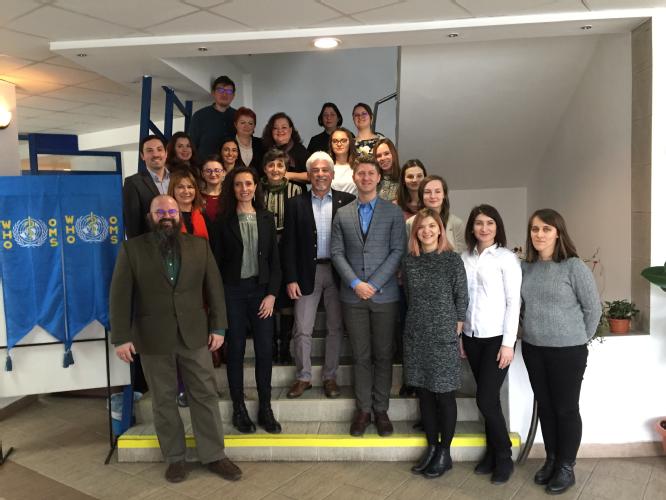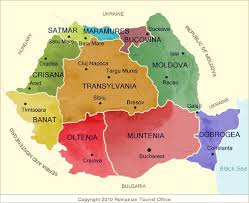Romania
Training for the organization and implementation of a survey using 24-hour urinary sodium excretion methods, based on WHO protocol
Cluj-Napoca, Romania
8 February, 2019
SCOPE AND PURPOSE
- The WHO has issued a guideline on salt intake for adults and children that recommends no more than 5g salt per day and a population-approach to salt reduction. Despite this, salt consumption far exceeds this recommendation in almost all countries, contributing to the secular epidemic of cardiovascular diseases through its effect on blood pressure.
- Cardiovascular diseases are the leading cause of death, disability and premature mortality in the European region, and there is significant potential for health gains from prevention based on reducing population intake of salt.
- Responding to this situation, the WHO, the World Health Assembly, and many countries around the world have independently appraised the scientific evidence of the health benefits and cost savings associated with the implementation of a population-wide moderate reduction in sodium intake. They have agreed on a global target for a 30% reduction in sodium intake by 2025 to be achieved through comprehensive salt reduction strategies. Reducing population salt consumption is currently considered as a WHO “best buy” policy.
- Monitoring of population salt intake, sources of salt in the diet, and consumer knowledge, attitudes and behaviors relating to salt, is critical to inform the development of comprehensive salt reduction strategies. As a result WHO recommends countries conduct salt intake surveys and provides guidance on the best methods to use to estimate the intakes of sodium (Na) by measuring urinary excretion. Specifically, WHO recommends the use of 24-hour measurement. The primary aims of such studies are to estimate the average intake of dietary salt in men and women.
- The purpose of the meeting is to provide training and assistance to countries in the design and implementation of the study, notably aspects relating to the selected methods, key steps in the protocol, sampling and recruitment, quality control and resources required. Further, a plan for analysis of the findings will be discussed.



